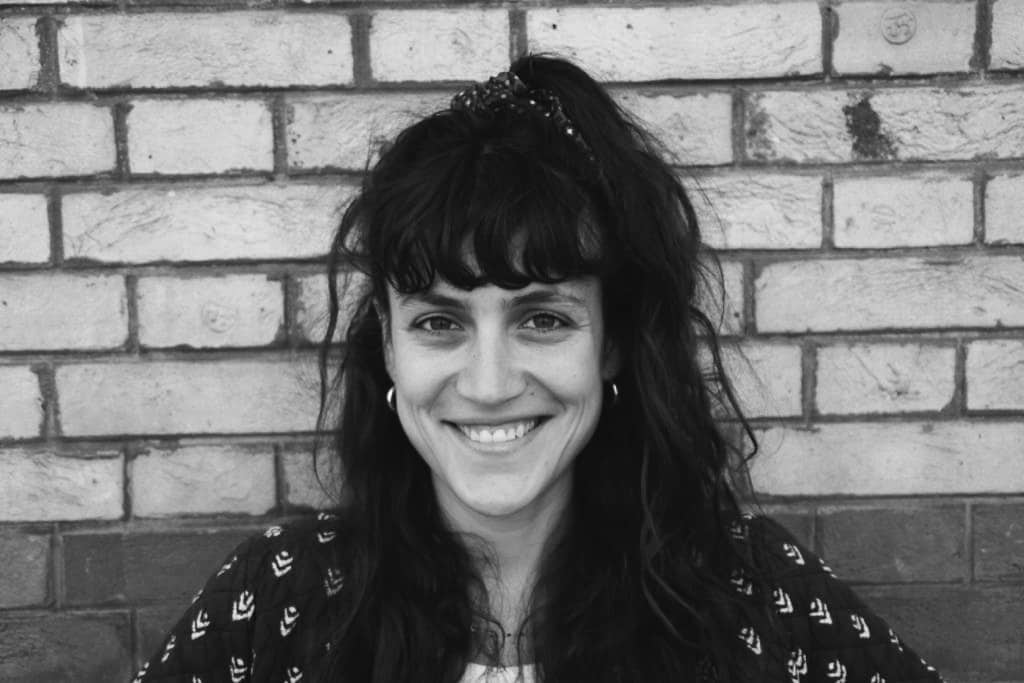Texas, summer 1900. Wearing white dresses or black suits, young people devour a gigantic slice of watermelon as they staring at the lens. “A smiling watermelon,” says the mischievous title. A few yards away, like an echo almost thirty years later, an...



